The Most Popular Physiotherapy Techniques

Physiotherapy plays an important role in an active lifestyle. In our post today read about the most popular techniques in the field.
When athletes or people who exercise regularly suffer an injury during or outside of a workout, it sometimes requires physiotherapy. Each treatment caters to a patient’s body and the physical activity they partake in.
Physiotherapy offers a variety of set techniques to treat traumas or injuries that can affect patients. These techniques aim to set patients on the right path to recuperation that’s suited for their needs.
Top six physiotherapy techniques
Check out the most popular techniques in physiotherapy:
1. Taping
Taping limits the movement of the affected tissue without rendering it unusable. Thus, taping allows the body to recover, optimizing any further movement and healing.
In addition, taping can also speed up recovery times while lessening any scarring. Physiotherapists often use taping for injuries such as tendinitis, enthesitis, torn Achilles tendon and more.
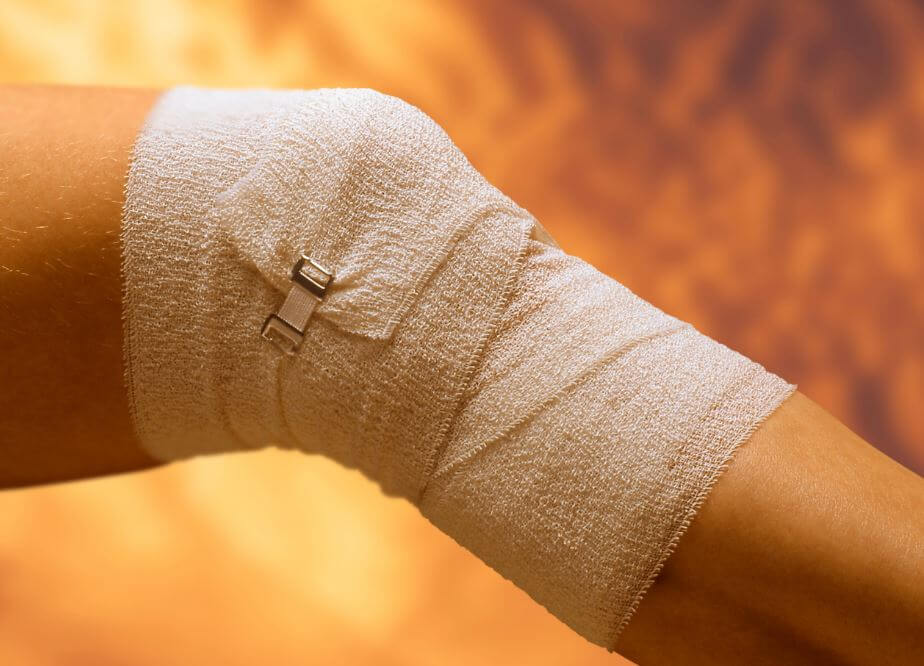
2. Physiotherapy: cold therapy
Cold therapy, or cryotherapy, uses cold temperatures to treat injured areas. There are different approaches:
- Ice massage: athletes often turn to ice massages after a competition or an exhausting day of working out. Physiotherapists apply ice to the affected area and slowly massage to activate the cold and reduce inflammation.
- Ice baths: combines cryotherapy with hydrotherapy. It’s a very common treatment among North American football players and essentially consists of complete or partial submersion in an ice bath.
- Cryosauna: similar to conventional saunas but replacing the high temperatures with low ones.
- Cryostimulation: consists of applying cold vapor to the affected area.
All of these techniques are pain-relieving and antispasmodic. In addition, they also slow down cell metabolism and help prevent edema.
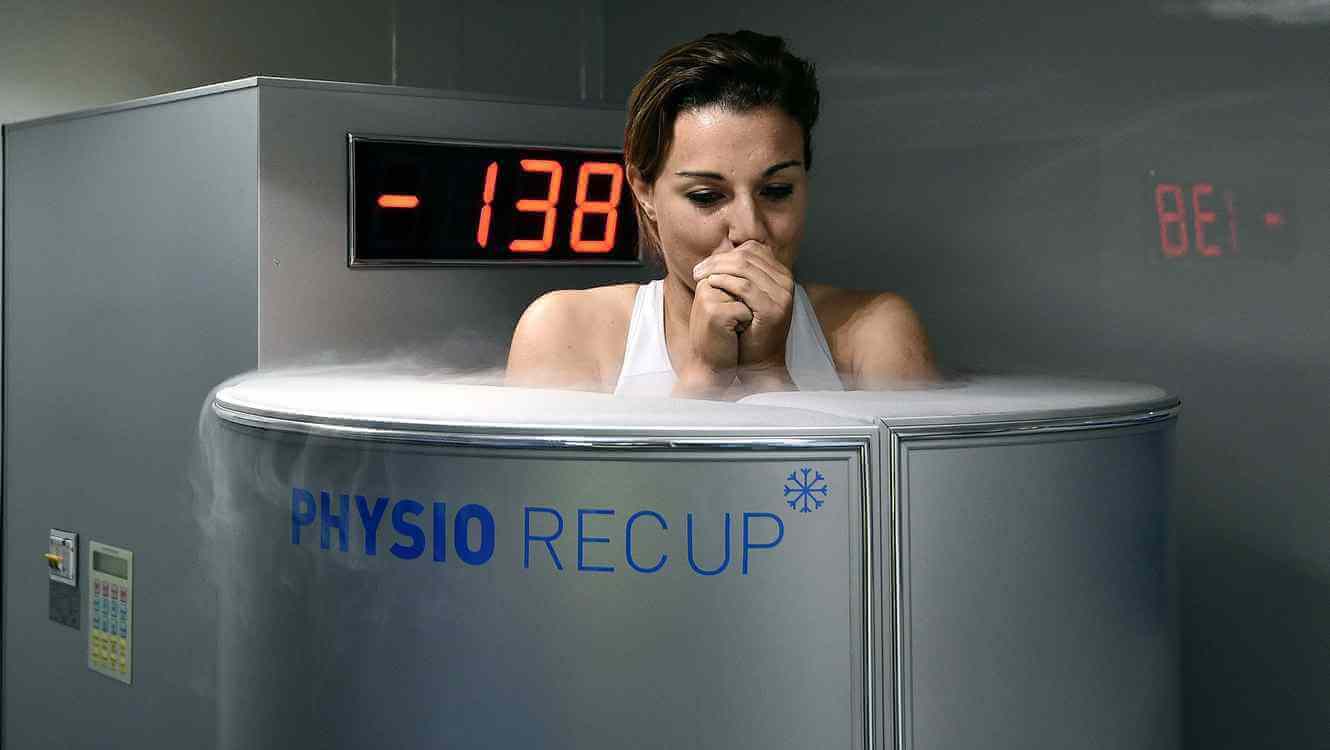
3. Physiotherapy: sports massage
Massages don’t only have a place in sports rehab. They also can play a role in injury prevention, improving muscle performance, releasing tension and more.
Sports massages stimulate blood and fluid circulation. Correct circulation carries oxygen to muscles in addition to eliminating toxins and other waste. Additionally, they ensure physical well-being.
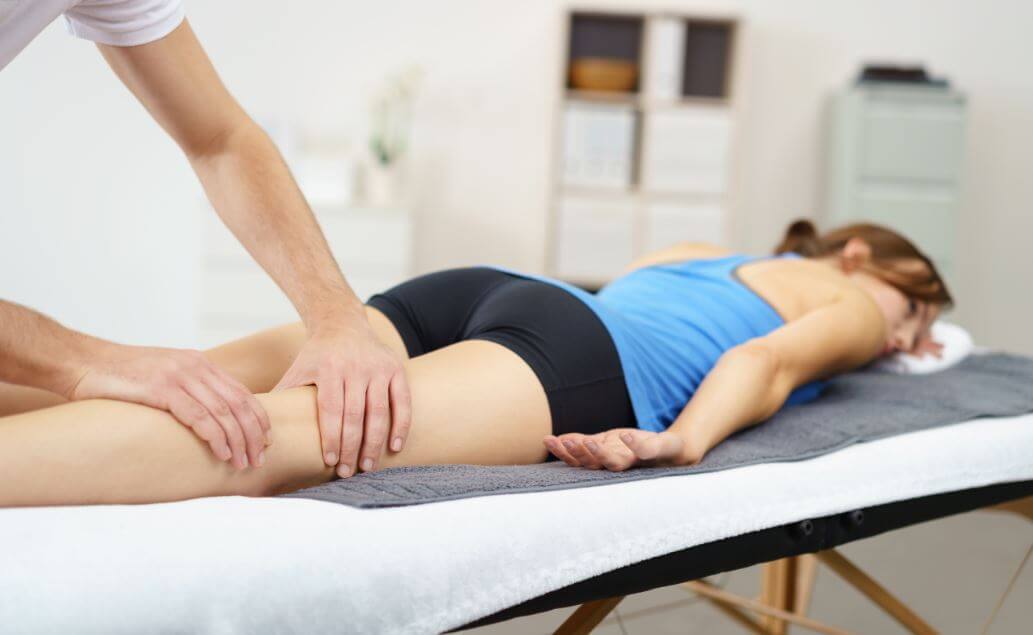
4. Electrotherapy
Electricity can help the body recover from fractures and other injuries by making direct contact with cells and interstitial fluids. Essentially, it helps tissues recover faster.
Electrotherapy is a great method because it delivers fast, quality results. Strategically applied doses of electric shocks can really trim down recovery time.
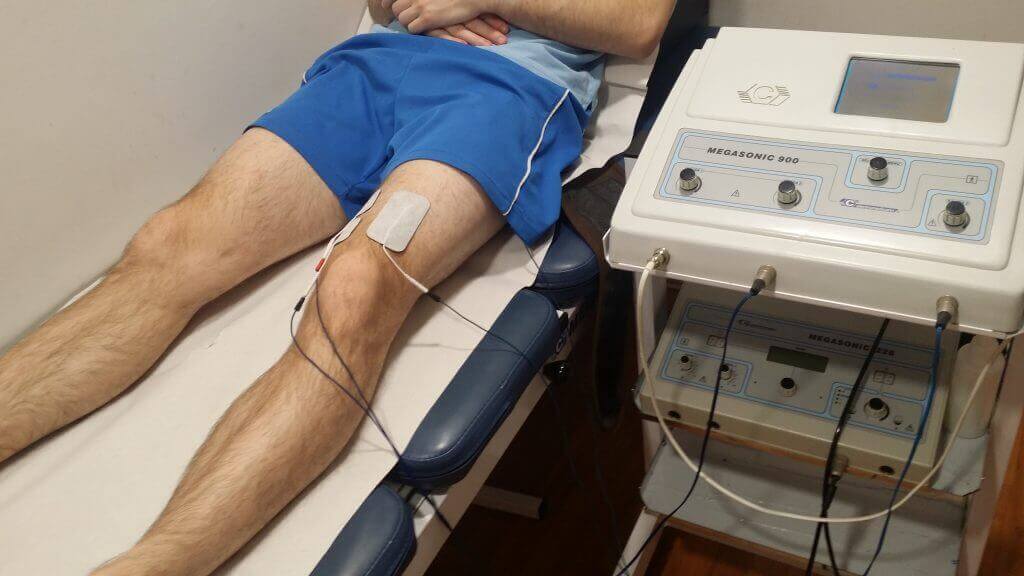
5. Rehabilitation exercises
Exercises use movements for preventative or curative purposes. These exercises help establish stable movements, recover lost ranges of movement and prevent joint stiffness. Additionally, they help maintain or sharpen proprioception.
Physiotherapists can take all kinds of approaches to rehab exercises at pools, gyms and sports pavilions. They also might use equipment such as resistance bands or Pilate balls.

6. Physiotherapy: manual lymphatic drainage
While manual lymphatic drainage is popular for its aesthetical benefits, it’s also a useful technique in physiotherapy. Manual lymphatic drainage activates the lymphatic system, which helps eliminate damaged tissue.
It’s a hands-on treatment that drains interstitial liquid, big molecules or lymph that are blocked for any reason, such as in cases of edema. This treatment also can be helpful for injuries related to tendinitis, arthritis, bruising and more.
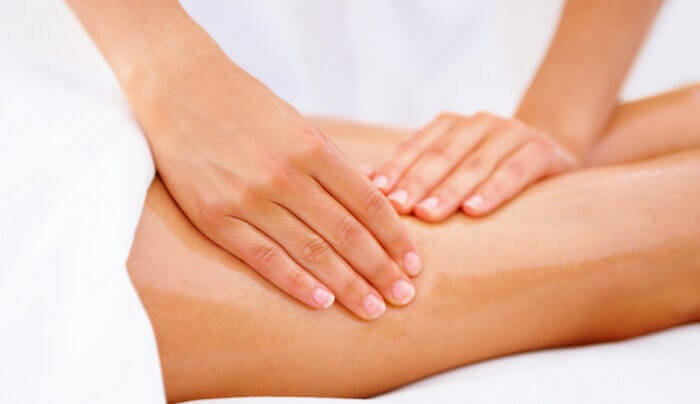
Remember, these techniques should be applied by a physiotherapist. If you notice pain or have an injury, seek professional help. A medical professional will provide you with the correct diagnosis and treatment.
Physiotherapy is a branch in medical science that continues to improve to better serve its patients. As the field never stops evolving, the sports and exercise community should also stay informed on what’s new.
Physiotherapy plays an important role in an active lifestyle. In our post today read about the most popular techniques in the field.
When athletes or people who exercise regularly suffer an injury during or outside of a workout, it sometimes requires physiotherapy. Each treatment caters to a patient’s body and the physical activity they partake in.
Physiotherapy offers a variety of set techniques to treat traumas or injuries that can affect patients. These techniques aim to set patients on the right path to recuperation that’s suited for their needs.
Top six physiotherapy techniques
Check out the most popular techniques in physiotherapy:
1. Taping
Taping limits the movement of the affected tissue without rendering it unusable. Thus, taping allows the body to recover, optimizing any further movement and healing.
In addition, taping can also speed up recovery times while lessening any scarring. Physiotherapists often use taping for injuries such as tendinitis, enthesitis, torn Achilles tendon and more.

2. Physiotherapy: cold therapy
Cold therapy, or cryotherapy, uses cold temperatures to treat injured areas. There are different approaches:
- Ice massage: athletes often turn to ice massages after a competition or an exhausting day of working out. Physiotherapists apply ice to the affected area and slowly massage to activate the cold and reduce inflammation.
- Ice baths: combines cryotherapy with hydrotherapy. It’s a very common treatment among North American football players and essentially consists of complete or partial submersion in an ice bath.
- Cryosauna: similar to conventional saunas but replacing the high temperatures with low ones.
- Cryostimulation: consists of applying cold vapor to the affected area.
All of these techniques are pain-relieving and antispasmodic. In addition, they also slow down cell metabolism and help prevent edema.

3. Physiotherapy: sports massage
Massages don’t only have a place in sports rehab. They also can play a role in injury prevention, improving muscle performance, releasing tension and more.
Sports massages stimulate blood and fluid circulation. Correct circulation carries oxygen to muscles in addition to eliminating toxins and other waste. Additionally, they ensure physical well-being.

4. Electrotherapy
Electricity can help the body recover from fractures and other injuries by making direct contact with cells and interstitial fluids. Essentially, it helps tissues recover faster.
Electrotherapy is a great method because it delivers fast, quality results. Strategically applied doses of electric shocks can really trim down recovery time.

5. Rehabilitation exercises
Exercises use movements for preventative or curative purposes. These exercises help establish stable movements, recover lost ranges of movement and prevent joint stiffness. Additionally, they help maintain or sharpen proprioception.
Physiotherapists can take all kinds of approaches to rehab exercises at pools, gyms and sports pavilions. They also might use equipment such as resistance bands or Pilate balls.

6. Physiotherapy: manual lymphatic drainage
While manual lymphatic drainage is popular for its aesthetical benefits, it’s also a useful technique in physiotherapy. Manual lymphatic drainage activates the lymphatic system, which helps eliminate damaged tissue.
It’s a hands-on treatment that drains interstitial liquid, big molecules or lymph that are blocked for any reason, such as in cases of edema. This treatment also can be helpful for injuries related to tendinitis, arthritis, bruising and more.

Remember, these techniques should be applied by a physiotherapist. If you notice pain or have an injury, seek professional help. A medical professional will provide you with the correct diagnosis and treatment.
Physiotherapy is a branch in medical science that continues to improve to better serve its patients. As the field never stops evolving, the sports and exercise community should also stay informed on what’s new.
All cited sources were thoroughly reviewed by our team to ensure their quality, reliability, currency, and validity. The bibliography of this article was considered reliable and of academic or scientific accuracy.
- Dueñas-Moscardó, L., Balasch-i-Bernat, M., & Espí-López, G. V. (2010). Técnicas y nuevas aplicaciones del vendaje neuromuscular. In Lettera publicaciones (pp. 152–153). Bilbao.
- Osorio Ciro, J. A., Clavijo Rodríguez, M. P., Arango V., E., Patiño Giraldo, S., & Gallego Ching, I. C. (2007, June). Lesiones deportivas. Iatreia. https://doi.org/Available
- Blanco Oroz, R., Fernández Villar, M., López Pérez, H., Fernández de la Puente, S. P., & Martín Urrialde, J. A. (2003). Fisioterapia deportiva. Fisioterapia, 25(4), 190–198. https://doi.org/10.1016/S0211-5638(03)73058-2
This text is provided for informational purposes only and does not replace consultation with a professional. If in doubt, consult your specialist.








